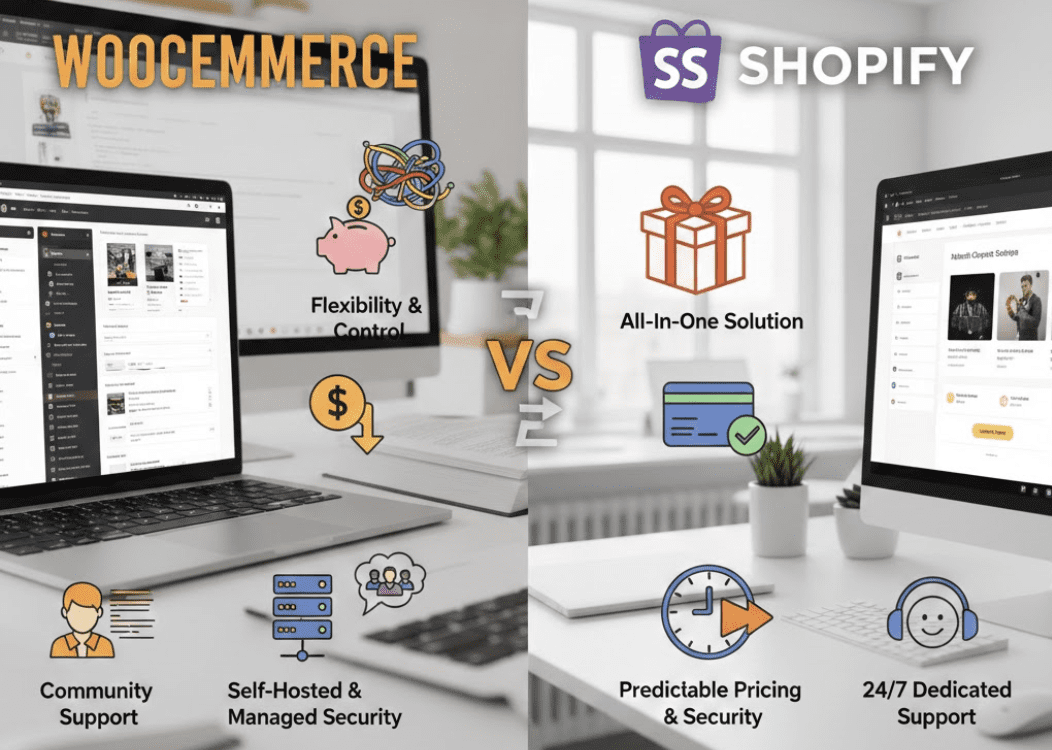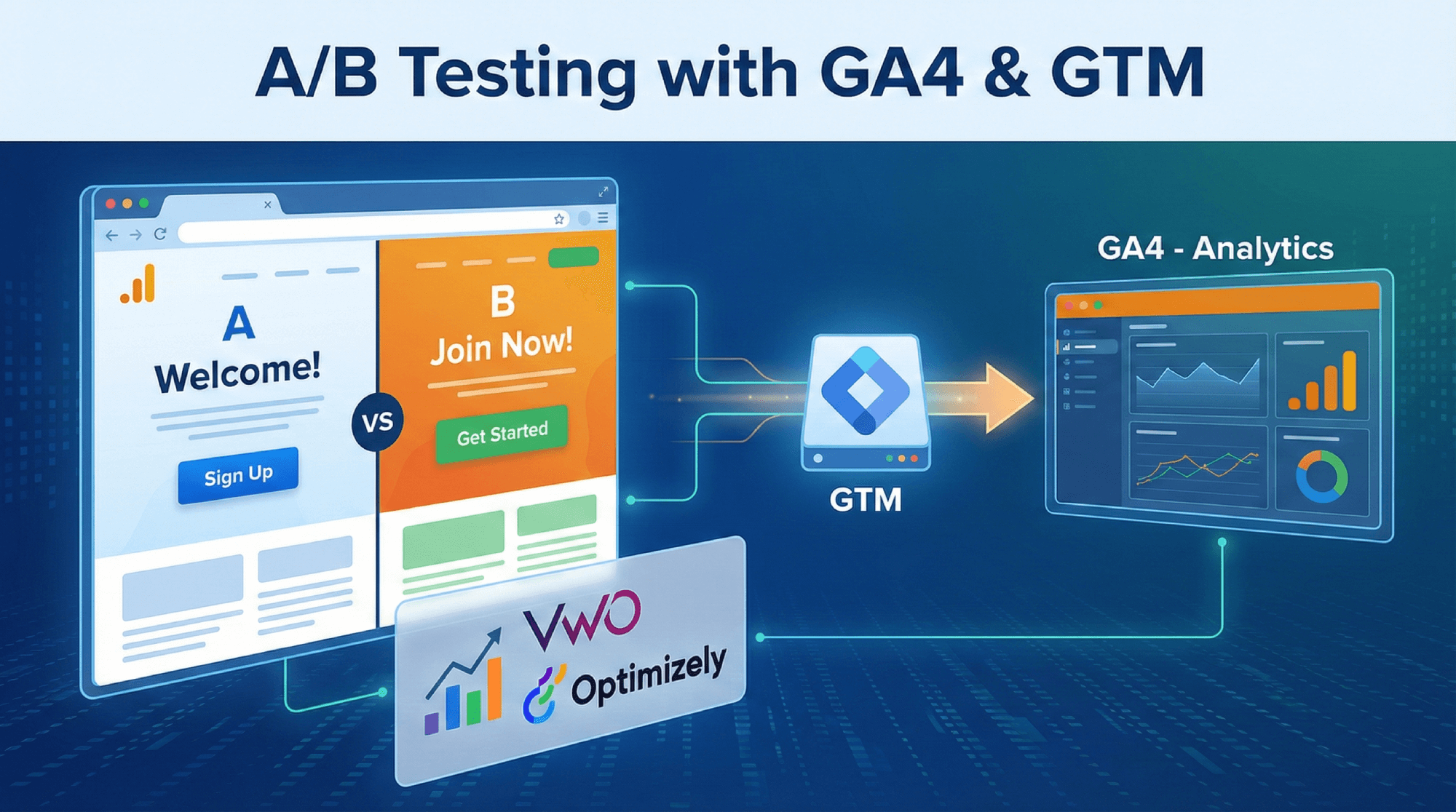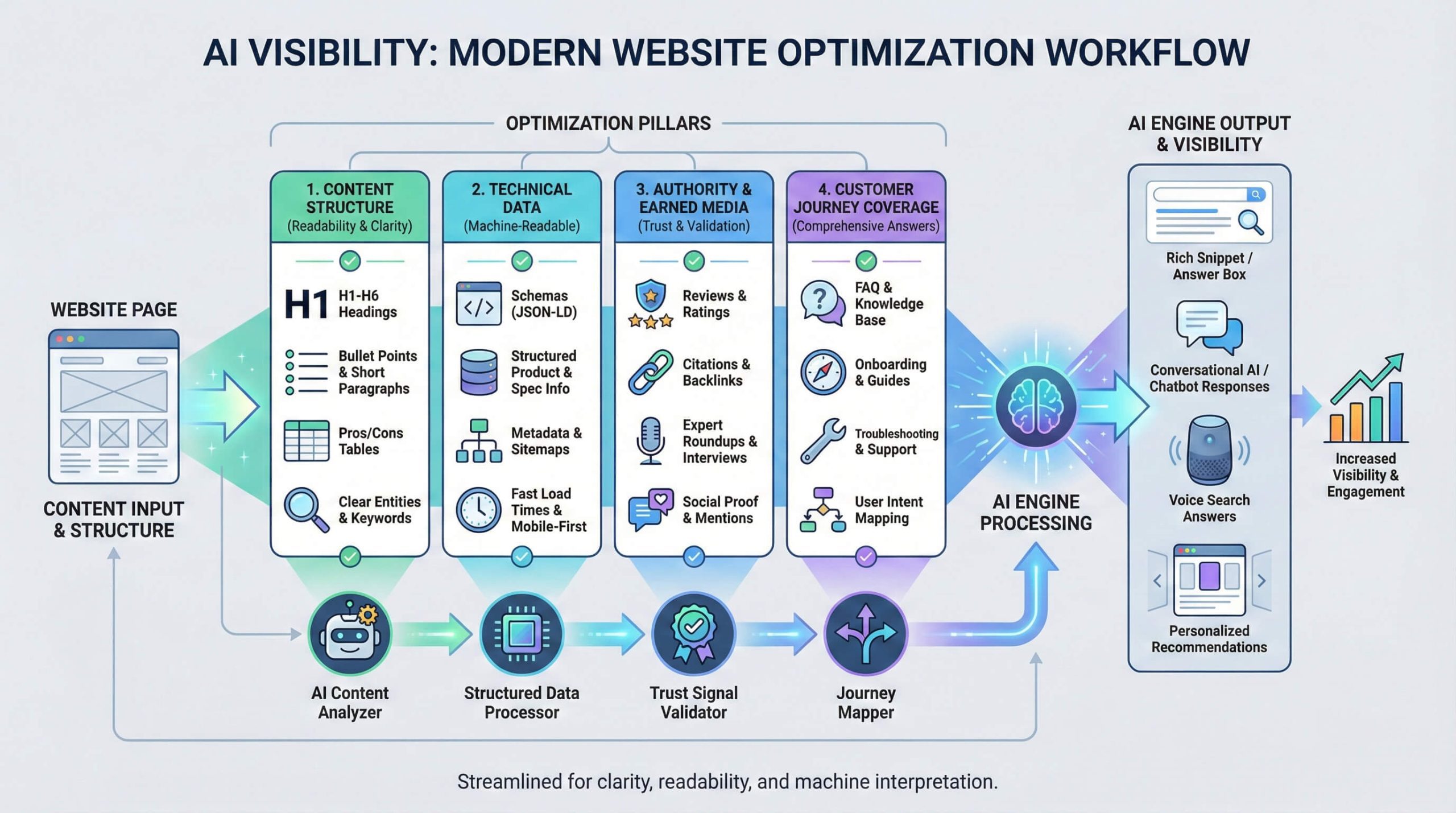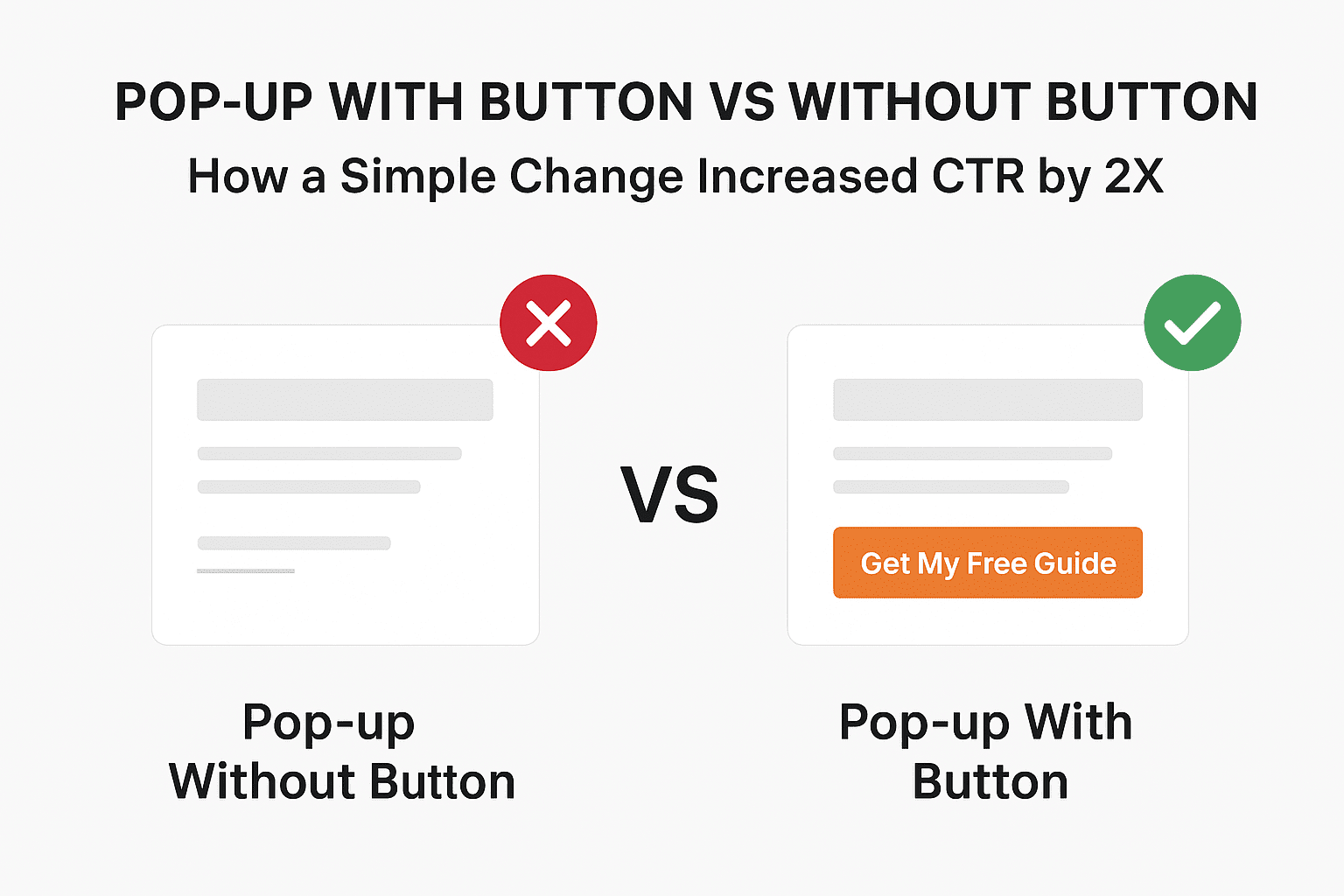In the vast and ever-evolving world of e-commerce, choosing the right platform for your online store is a critical decision. Two of the most popular and powerful contenders in this space are WooCommerce and Shopify. Both offer robust features to help you build and manage an online business, but they cater to different needs and technical proficiencies.
This article will break down the key differences between WooCommerce and Shopify, helping you determine which platform is the best fit for your e-commerce aspirations.
The Contenders: A Quick Overview
Shopify: Shopify is a hosted e-commerce platform, meaning it takes care of all the technical aspects of running an online store – hosting, security, updates, and more. It’s known for its user-friendliness, all-in-one solution, and excellent customer support.
WooCommerce: WooCommerce is an open-source e-commerce plugin built for WordPress. This means it transforms any WordPress website into a fully functional online store. It offers immense flexibility and control, but requires a bit more technical involvement from the user.
Key Comparison Points
Let’s dive into the specifics:
1. Ease of Use & Setup
- Shopify: Shopify is designed for beginners and those who prefer a hassle-free experience. Setting up a store is incredibly intuitive, with a drag-and-drop interface, guided setup wizards, and a clear dashboard. You can get an online store up and running in a matter of hours, even without any technical background.
- WooCommerce: While the WooCommerce plugin itself is easy to install, it requires an existing WordPress site. If you’re new to WordPress, there’s a learning curve involved with setting up hosting, installing WordPress, and then configuring WooCommerce. However, for those already familiar with WordPress, integrating WooCommerce is relatively straightforward.
2. Cost
- Shopify: Shopify operates on a subscription model with various plans (Basic Shopify, Shopify, Advanced Shopify). These plans include hosting, security, and access to their core features. You’ll also encounter transaction fees if you don’t use Shopify Payments, and costs for premium themes or apps.
- WooCommerce: WooCommerce is technically free as a plugin. However, you’ll incur costs for web hosting, a domain name, and potentially a premium WordPress theme and various extensions or plugins for added functionality. While it can be cheaper in the long run for experienced users, initial setup costs can vary widely.
3. Customization & Flexibility
- Shopify: Shopify offers a good range of customization options through its theme store and app marketplace. You can modify the look and feel of your store and add functionalities with ease. However, there are limits to how deeply you can customize the underlying code without advanced developer knowledge.
- WooCommerce: As an open-source platform, WooCommerce offers unparalleled flexibility. You have complete control over every aspect of your website and store. With access to the WordPress ecosystem of themes and plugins, the possibilities for customization are virtually endless. This freedom comes with the responsibility of managing and maintaining these customizations.
4. Scalability
- Shopify: Shopify is built to scale. From small startups to large enterprises, Shopify handles traffic and transactions effortlessly. Their infrastructure ensures your store remains fast and reliable, even during peak sales periods.
- WooCommerce: WooCommerce can also scale effectively, but it largely depends on the quality of your web hosting and how well your WordPress site is optimized. For very large stores with high traffic, you might need to invest in more robust hosting solutions and potentially a dedicated server.
5. Security
- Shopify: Shopify handles all security aspects, including SSL certificates, PCI compliance, and regular updates. This “set it and forget it” approach provides peace of mind for merchants.
- WooCommerce: With WooCommerce, you are responsible for your store’s security. This includes choosing a secure host, installing an SSL certificate, regularly updating WordPress and all plugins/themes, and implementing security best practices.
6. Support
- Shopify: Shopify is renowned for its 24/7 customer support via live chat, email, and phone. They offer extensive documentation and a vibrant community forum.
- WooCommerce: WooCommerce support primarily comes from the vast WordPress community, documentation, forums, and the developers of individual themes and plugins. While there’s a wealth of information available, it’s not a centralized support system like Shopify’s.
Who Should Choose Which Platform?
Choose Shopify if:
- You’re a beginner with no coding experience.
- You want an all-in-one solution where all technical aspects are handled for you.
- You prioritize ease of use and quick setup.
- You’re comfortable with a monthly subscription fee.
- You value dedicated 24/7 customer support.
Choose WooCommerce if:
- You already have a WordPress website or are comfortable with the WordPress ecosystem.
- You want complete control and flexibility over your store’s design and functionality.
- You prefer an open-source solution and are willing to manage your own hosting and security.
- You’re looking for a potentially lower long-term cost if you can manage most aspects yourself.
- You’re a developer or have access to one.
Conclusion
Both WooCommerce and Shopify are excellent platforms, each with its strengths. Shopify offers simplicity, speed, and comprehensive support, making it ideal for those who want to get online quickly with minimal technical fuss. WooCommerce provides unparalleled flexibility, control, and customization for those who are comfortable with WordPress and desire a more hands-on approach.
Ultimately, the best platform for your e-commerce business will depend on your specific needs, technical expertise, budget, and long-term goals. Carefully consider these factors to make an informed decision that sets your online store up for success.





